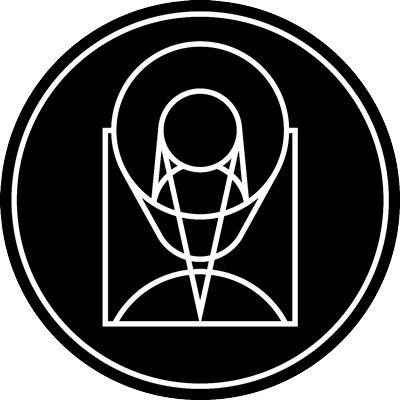Star Cluster NGC 2074 in the Large Magellanic Cloud

stsci_2008-31a August 11th, 2008
Credit: NASA, ESA, and M. Livio (STScI)
Hubble peered into a small portion of the nebula near the star cluster NGC 2074 (upper, left). The region is a firestorm of raw stellar creation, perhaps triggered by a nearby supernova explosion. It lies about 170,000 light-years away near the Tarantula nebula, one of the most active star-forming regions in our Local Group of galaxies. The three-dimensional-looking image reveals dramatic ridges and valleys of dust, serpent-head "pillars of creation," and gaseous filaments glowing fiercely under torrential ultraviolet radiation. The region is on the edge of a dark molecular cloud that is an incubator for the birth of new stars. In this approximately 100-light-year-wide fantasy-like landscape, dark towers of dust rise above a glowing wall of gases on the surface of the molecular cloud. The seahorse-shaped pillar at lower, right is approximately 20 light-years long. The region is in the Large Magellanic Cloud (LMC), a satellite of our Milky Way galaxy.
Provider: Space Telescope Science Institute
Image Source: https://hubblesite.org/contents/news-releases/2008/news-2008-31
Curator: STScI, Baltimore, MD, USA
Image Use Policy: http://hubblesite.org/copyright/

- ID
- 2008-31a
- Subject Category
- C.5.1.6 C.4.2.1
- Subject Name
- NGC 2074
- Credits
- NASA, ESA, and M. Livio (STScI)
- Release Date
- 2008-08-11T00:00:00+00:00
- Lightyears
- 170,000
- Redshift
- 170,000
- Reference Url
- https://hubblesite.org/contents/news-releases/2008/news-2008-31
- Type
- Observation
- Image Quality
- Good
- Distance Notes
- 170,000 light-years (52 kiloparsecs)
- Facility
- Hubble, Hubble, Hubble, Hubble
- Instrument
- WFPC2, WFPC2, WFPC2, WFPC2
- Color Assignment
- Blue, Grayscale, Green, Red
- Band
- Optical, Optical, Optical, Optical
- Bandpass
- [O III], V, Halpha, [S II]
- Central Wavelength
- 502, 606, 656, 673
- Start Time
- 2008-08-10T00:00:00, 2008-08-10T00:00:00, 2008-08-10T00:00:00, 2008-08-10T00:00:00
- Integration Time
- Dataset ID
- Notes
- 8
- Coordinate Frame
- ICRS
- Equinox
- J2000
- Reference Value
- 84.7858357, -69.5055836
- Reference Dimension
- 1502.0, 1482.0
- Reference Pixel
- 752.0, 742.0
- Scale
- -2.77791e-05, 2.7779072e-05
- Rotation
- 82.14
- Coordinate System Projection:
- TAN
- Quality
- Full
- FITS Header
- Notes
- WCS retrieved using CXCs PinpointWCS
- Creator (Curator)
- STScI
- URL
- http://hubblesite.org
- Name
- Space Telescope Science Institute Office of Public Outreach
- outreach@stsci.edu
- Telephone
- 410-338-4444
- Address
- 3700 San Martin Drive
- City
- Baltimore
- State/Province
- MD
- Postal Code
- 21218
- Country
- USA
- Rights
- http://hubblesite.org/copyright/
- Publisher
- STScI
- Publisher ID
- stsci
- Resource ID
- STSCI-H-p0831a-f-1502x1482.tif
- Resource URL
- https://mast.stsci.edu/api/latest/Download/file?uri=mast:OPO/product/STSCI-H-p0831a-f-1502x1482.tif
- Related Resources
- http://hubblesite.org/newscenter/archive/releases/2008/31
- Metadata Date
- 2022-07-06T00:00:00
- Metadata Version
- 1.2
Detailed color mapping information coming soon...

















